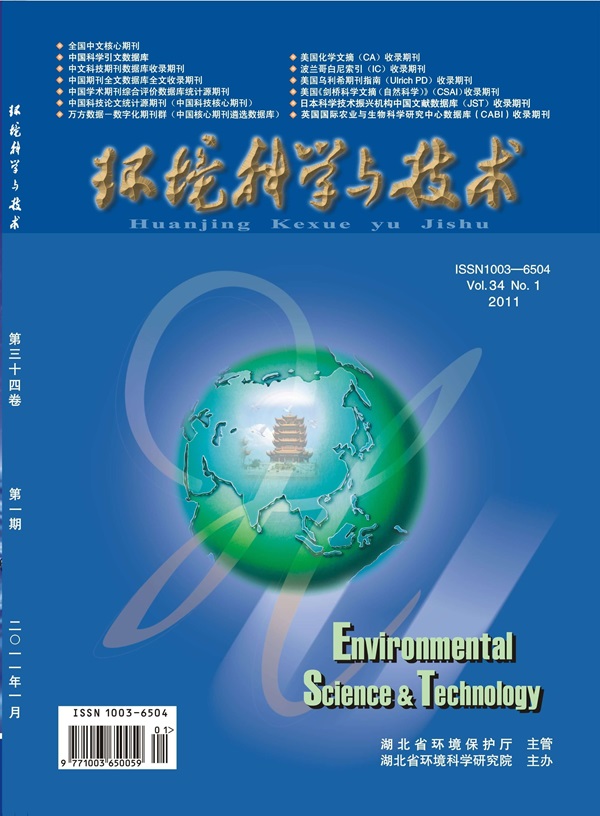盐水中氯的直接电合成与分离平台
IF 10.8
1区 环境科学与生态学
Q1 ENGINEERING, ENVIRONMENTAL
引用次数: 0
摘要
从海水、天然盐水和工业盐水中电合成氯(Cl2)是一种变革性的方法,可以在实现水净化的同时实现废水的增值。然而,从复杂盐水混合物中有效分离氯和减轻氯衍生物对环境的影响是需要解决的两个关键挑战。在这里,我们报告了一个可扩展的电合成平台,能够在单个三相界面直接产生和分离氯,实现高达97%的选择性和近100%的分离效率。采用三叠式模块化电解槽,我们成功地从真正的反渗透滞留物和海水中生成了浓度为0.53和5.1%的次氯酸钠溶液。处理后的卤水排放符合严格的氯基污染物环境标准。与离子交换和电渗析相比,这种升级回收和分离工艺有可能促进分散氯碱生产和非饮用水生产。此外,它还可以与直接或间接的电化学不纯水分解无缝集成,消除低价值氧气的产生,减少对碱添加剂的需求,并解决氢/氧交叉等安全问题。本文章由计算机程序翻译,如有差异,请以英文原文为准。

Direct Electrosynthesis and Separation Platform for Chlorine from Saline Water
Electrosynthesis of chlorine (Cl2) from seawater and natural and industrial brines emerges as a transformative approach for wastewater valorization while achieving water purification. However, the effective separation of chlorine from complex saline mixtures and the mitigation of environmental impacts from chlorine derivatives are two critical challenges to tackle. Here, we report a scalable electrosynthesis platform capable of producing and separating chlorine directly at a single three-phase interface, achieving up to 97% selectivity and nearly 100% separation efficiency. Employing a three-stacked modular electrolyzer, we successfully generated sodium hypochlorite solutions at concentrations of 0.53 and 5.1 wt % from real reverse osmosis retentate and seawater. The treated brine discharge met the stringent environmental standards for chlorine-based contaminants. Compared to ion exchange and electrodialysis, this upcycling and separation process has the potential to advance decentralized chlor-alkali production and nonpotable water generation. Additionally, it can be seamlessly integrated with direct or indirect electrochemical impure water splitting, eliminating low-value oxygen production, reducing the need for alkali additives, and addressing safety concerns such as hydrogen/oxygen crossover.
求助全文
通过发布文献求助,成功后即可免费获取论文全文。
去求助
来源期刊

环境科学与技术
环境科学-工程:环境
CiteScore
17.50
自引率
9.60%
发文量
12359
审稿时长
2.8 months
期刊介绍:
Environmental Science & Technology (ES&T) is a co-sponsored academic and technical magazine by the Hubei Provincial Environmental Protection Bureau and the Hubei Provincial Academy of Environmental Sciences.
Environmental Science & Technology (ES&T) holds the status of Chinese core journals, scientific papers source journals of China, Chinese Science Citation Database source journals, and Chinese Academic Journal Comprehensive Evaluation Database source journals. This publication focuses on the academic field of environmental protection, featuring articles related to environmental protection and technical advancements.
 求助内容:
求助内容: 应助结果提醒方式:
应助结果提醒方式:


